Description
The process of making toughened glass involves heating the glass to a very high temperature, typically around 620°C (1148°F), and then rapidly cooling it using a special cooling process called quenching. This causes the glass to cool down quickly, which creates a strong compressive stress on the surface of the glass while leaving the core in a tensile stress state.
The result is a glass that is much stronger and more resistant to breakage than regular glass. Toughened glass is also more resistant to temperature changes and can withstand sudden changes in temperature without breaking, making it suitable for use in a variety of applications.
Toughened glass is commonly used in construction and building applications, such as windows, doors, and balustrades, as well as in the automotive industry for car windows and windscreens. It is also used in the manufacturing of electronic devices, such as mobile phones and tablets, to protect the screens from damage.

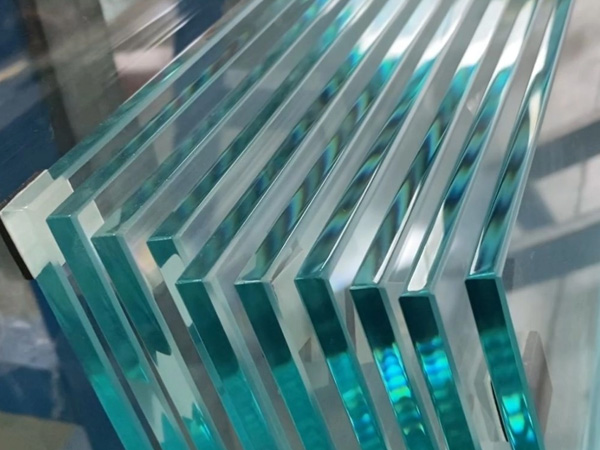
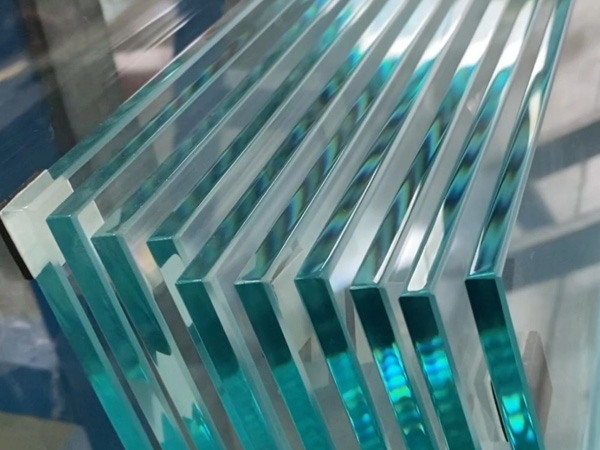
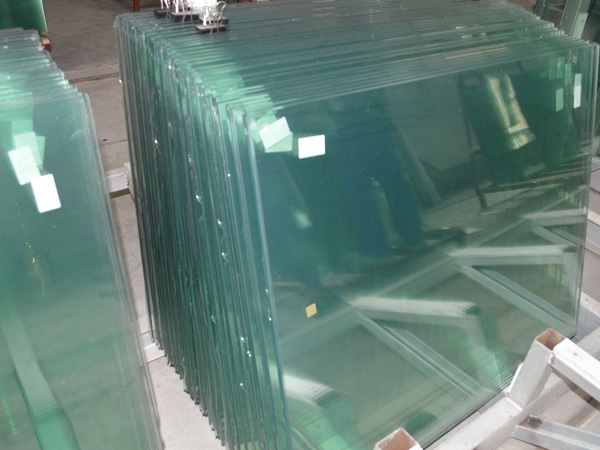
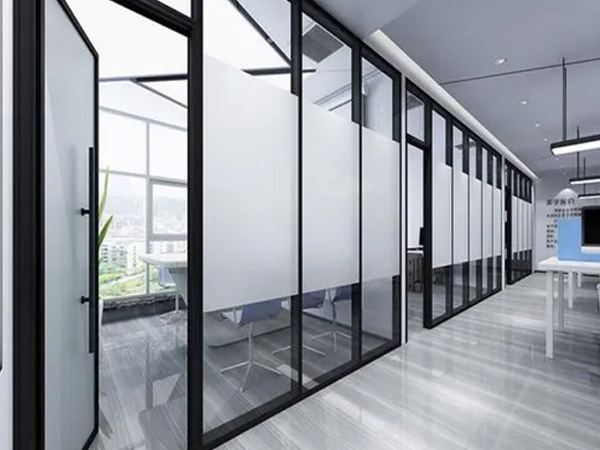
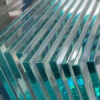
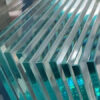
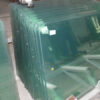

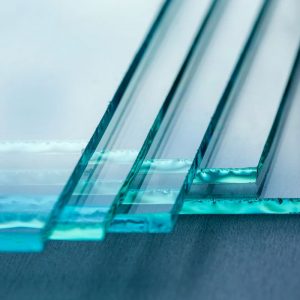
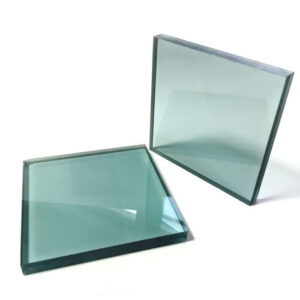



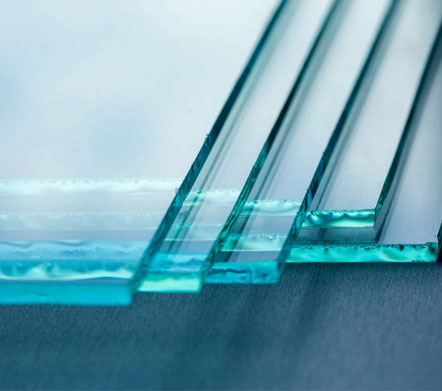

Reviews
There are no reviews yet.